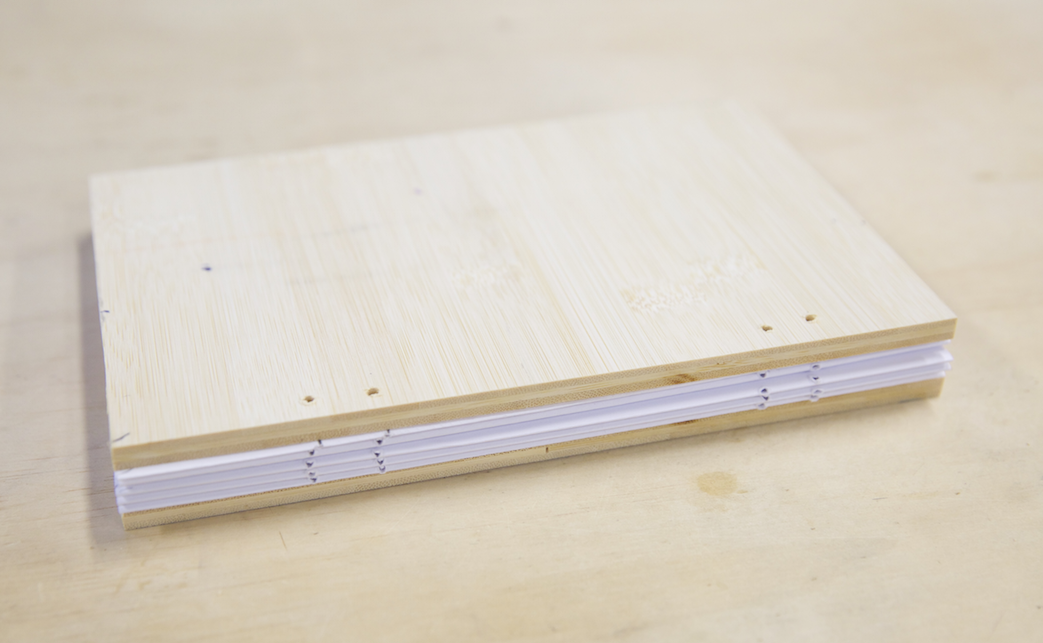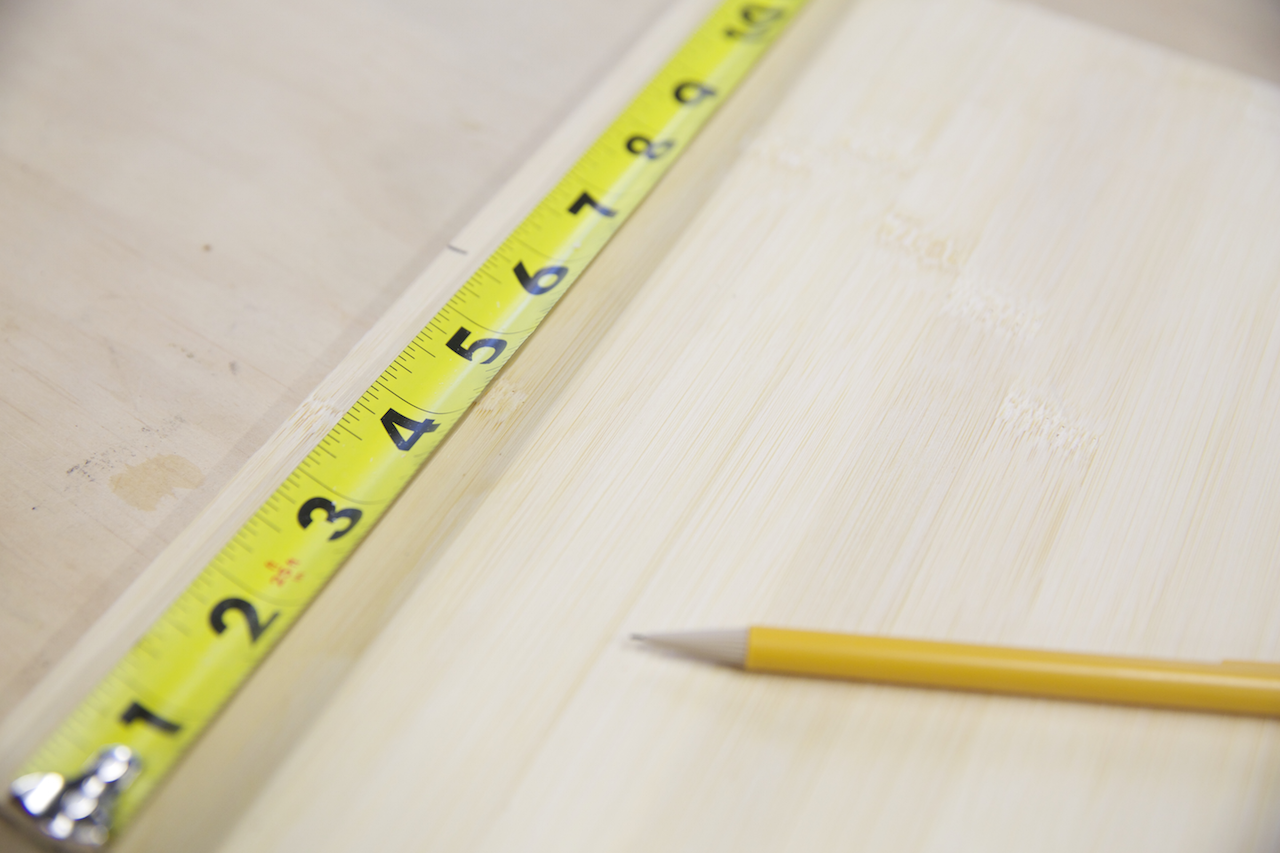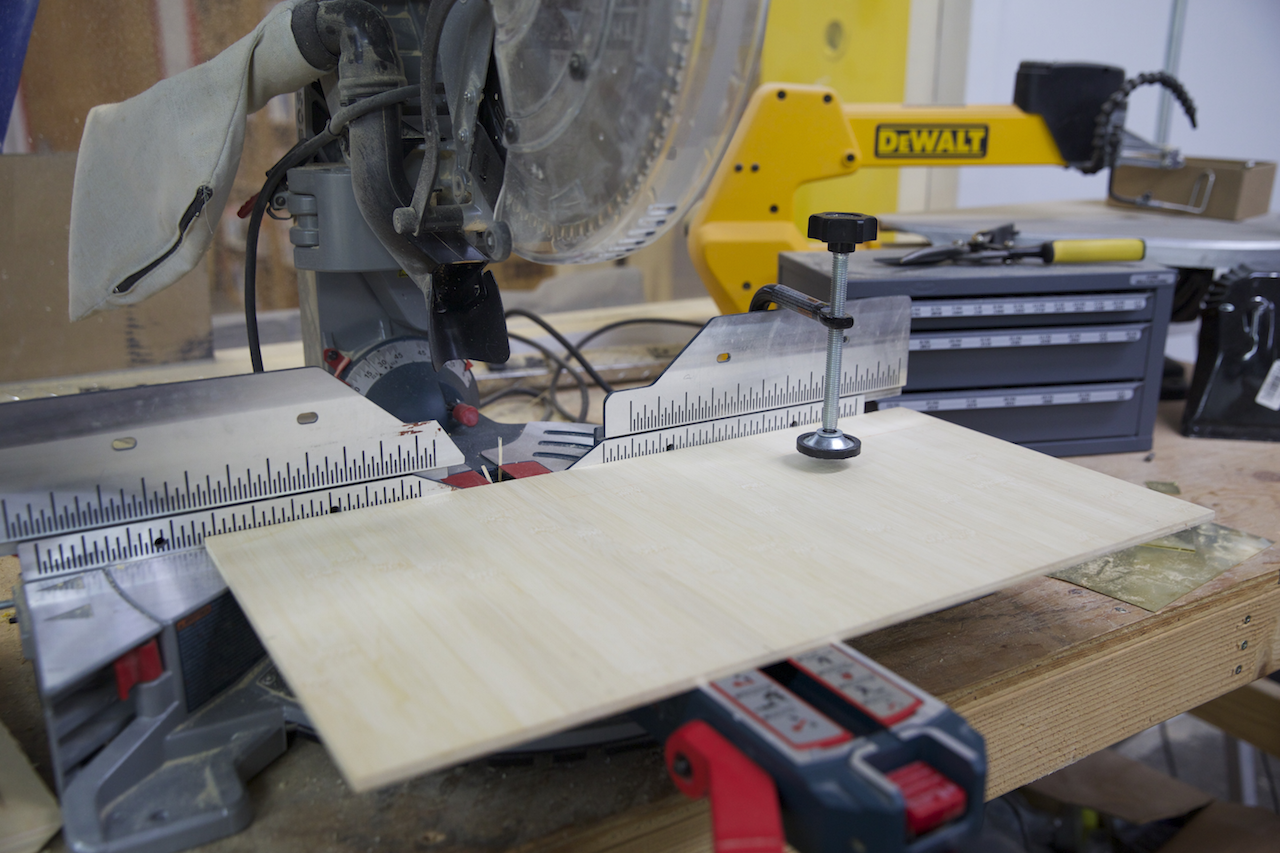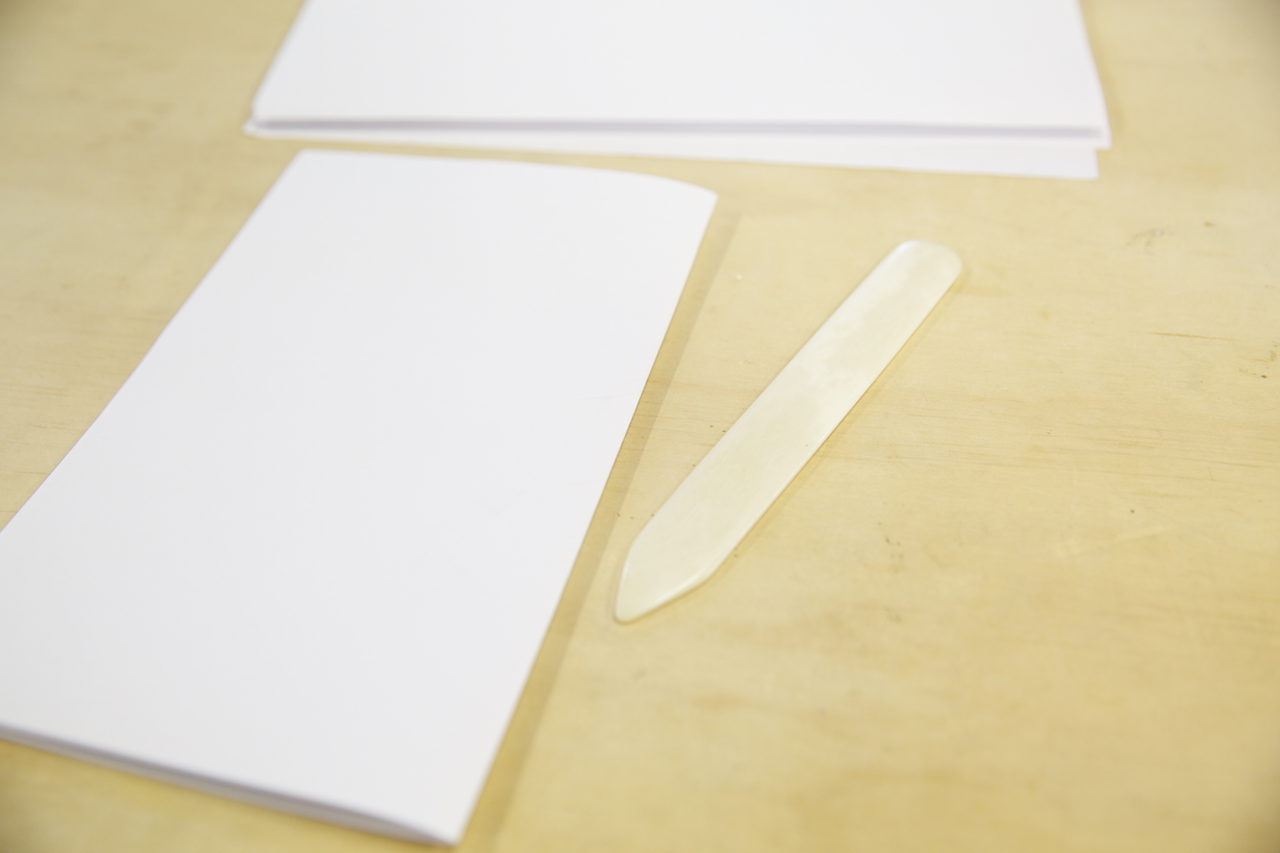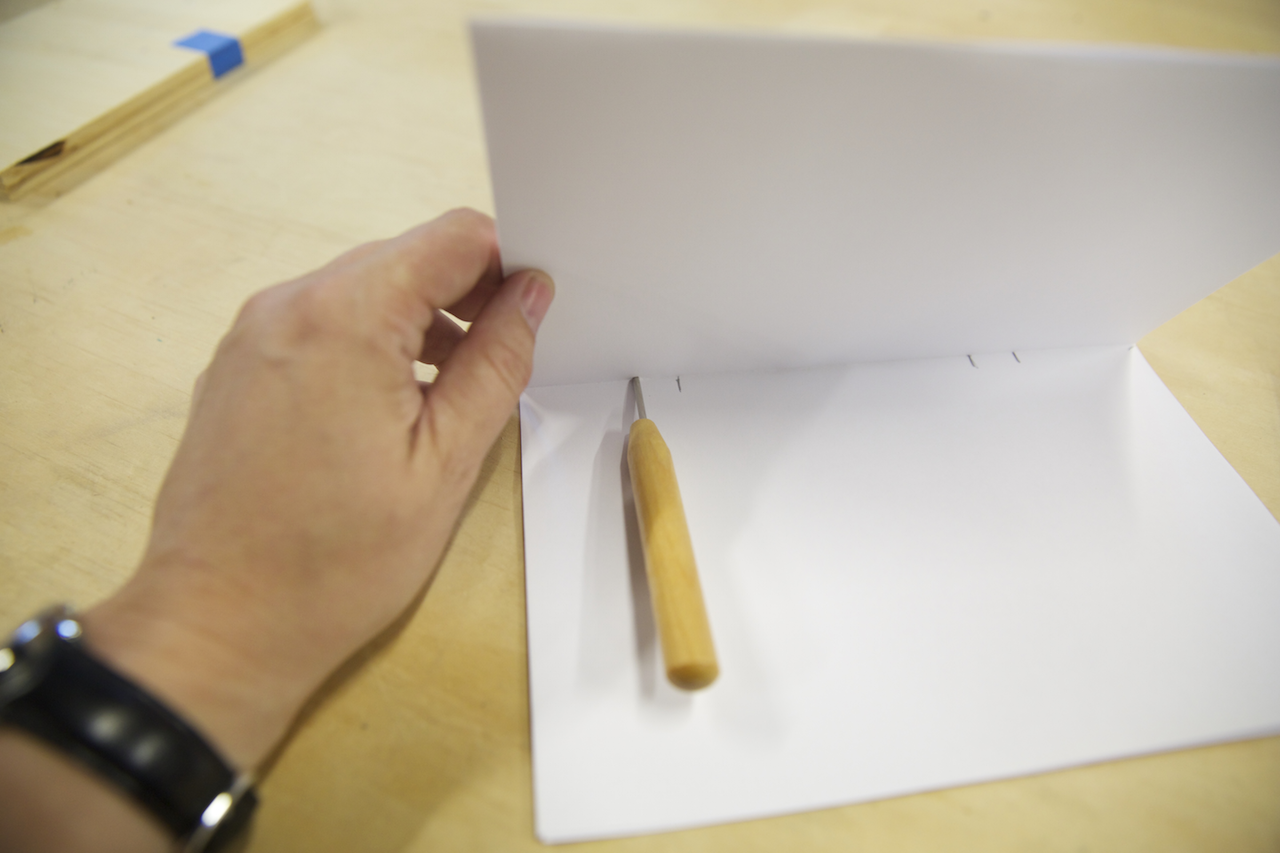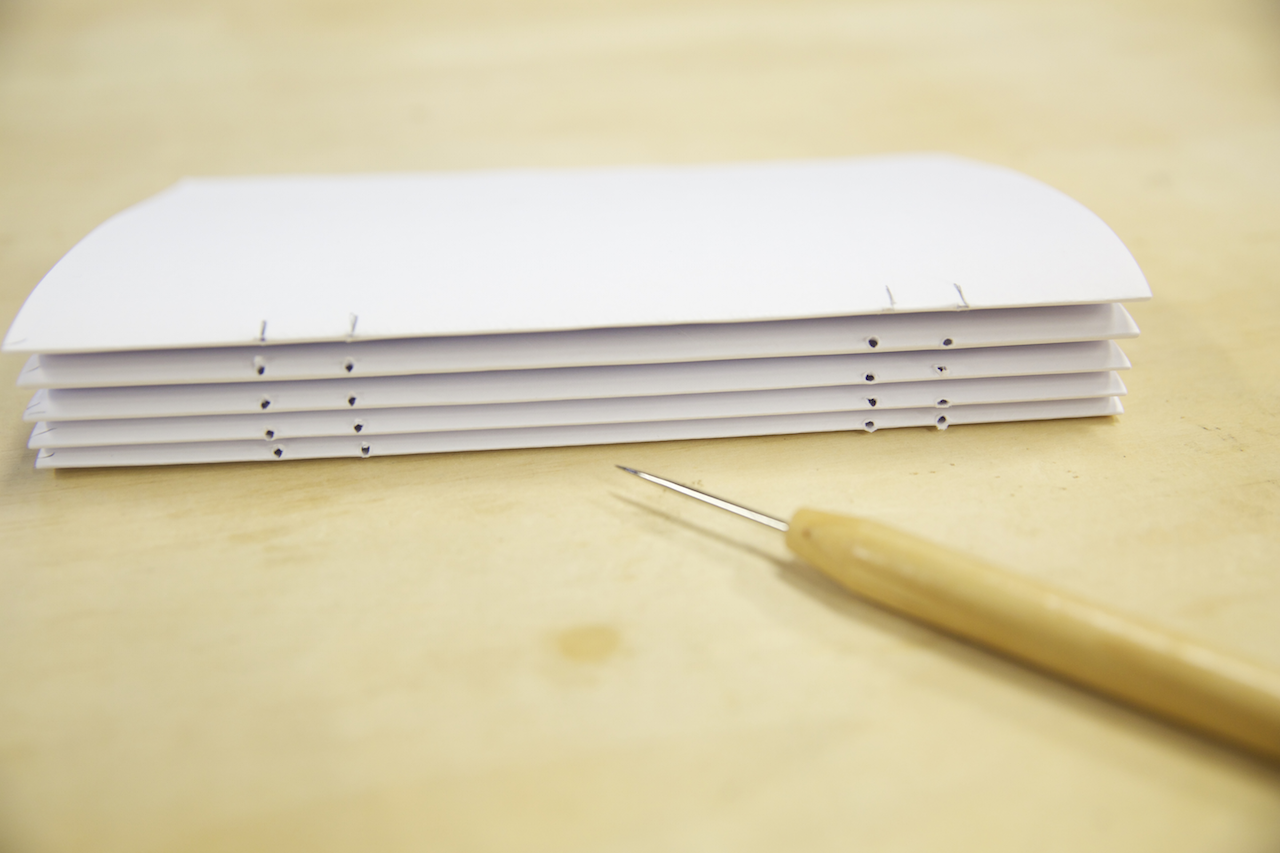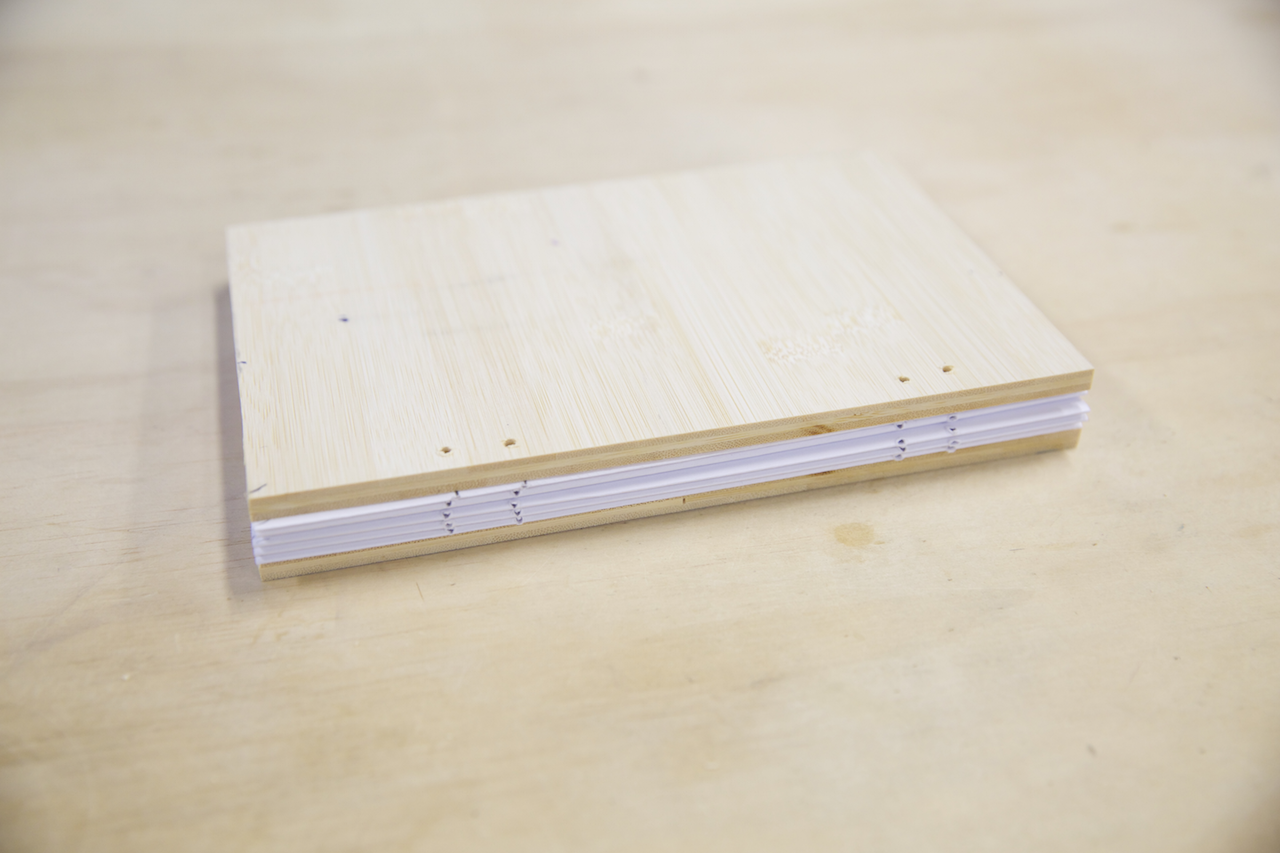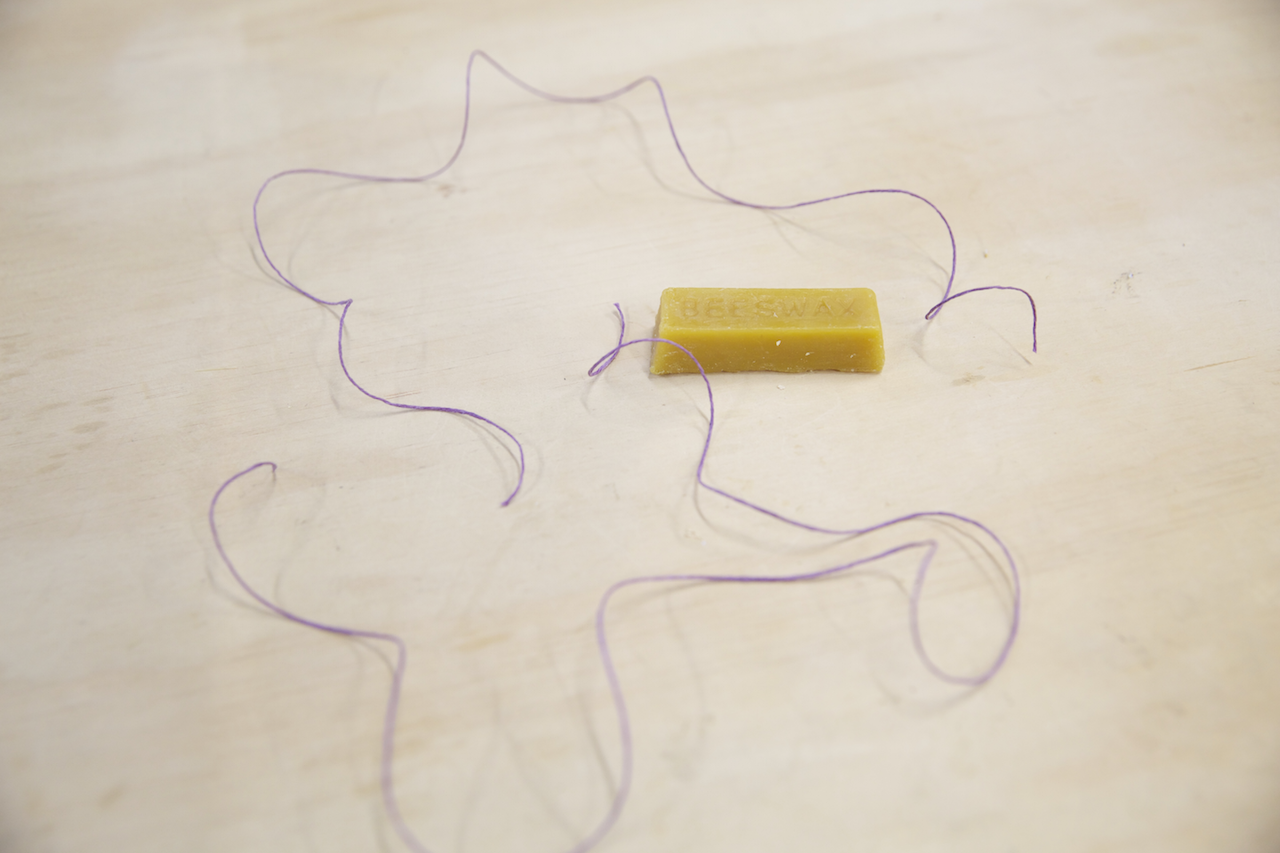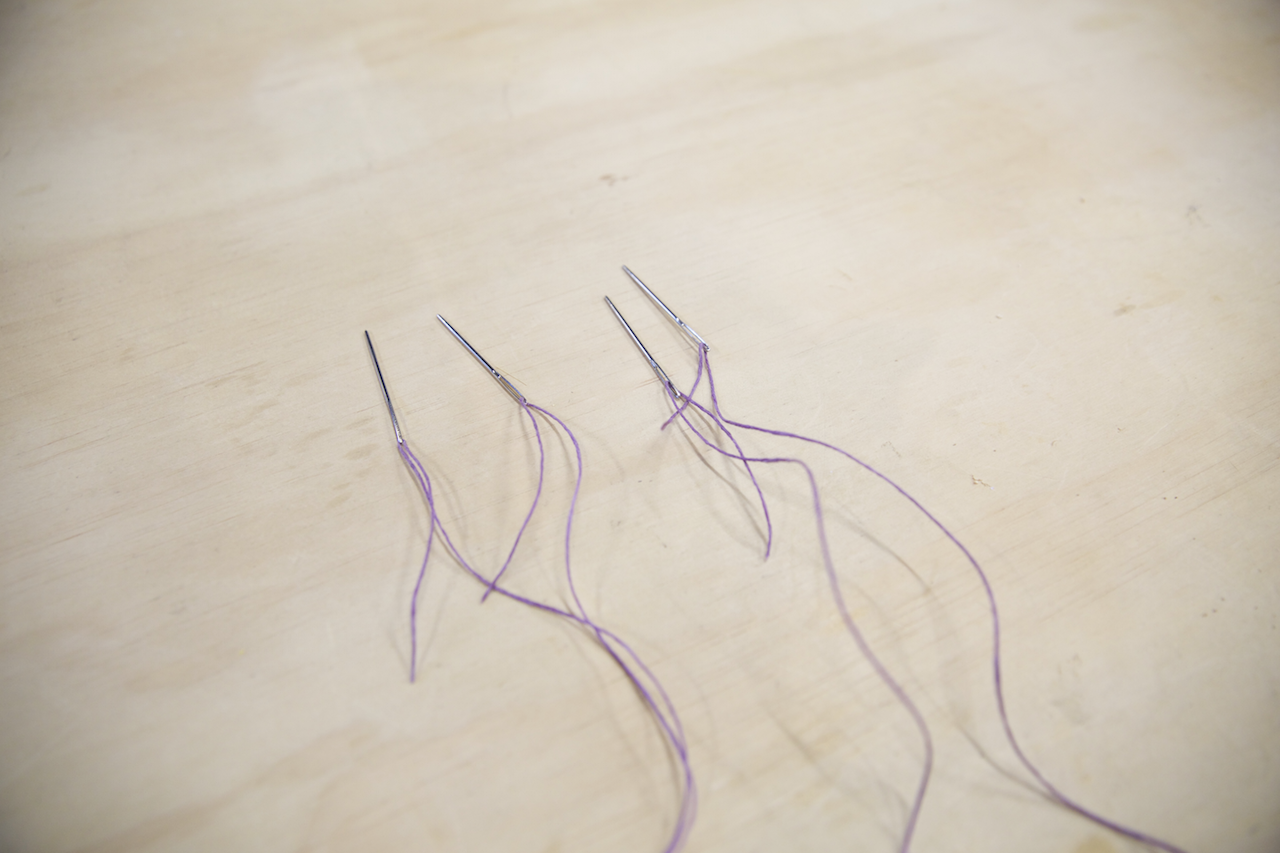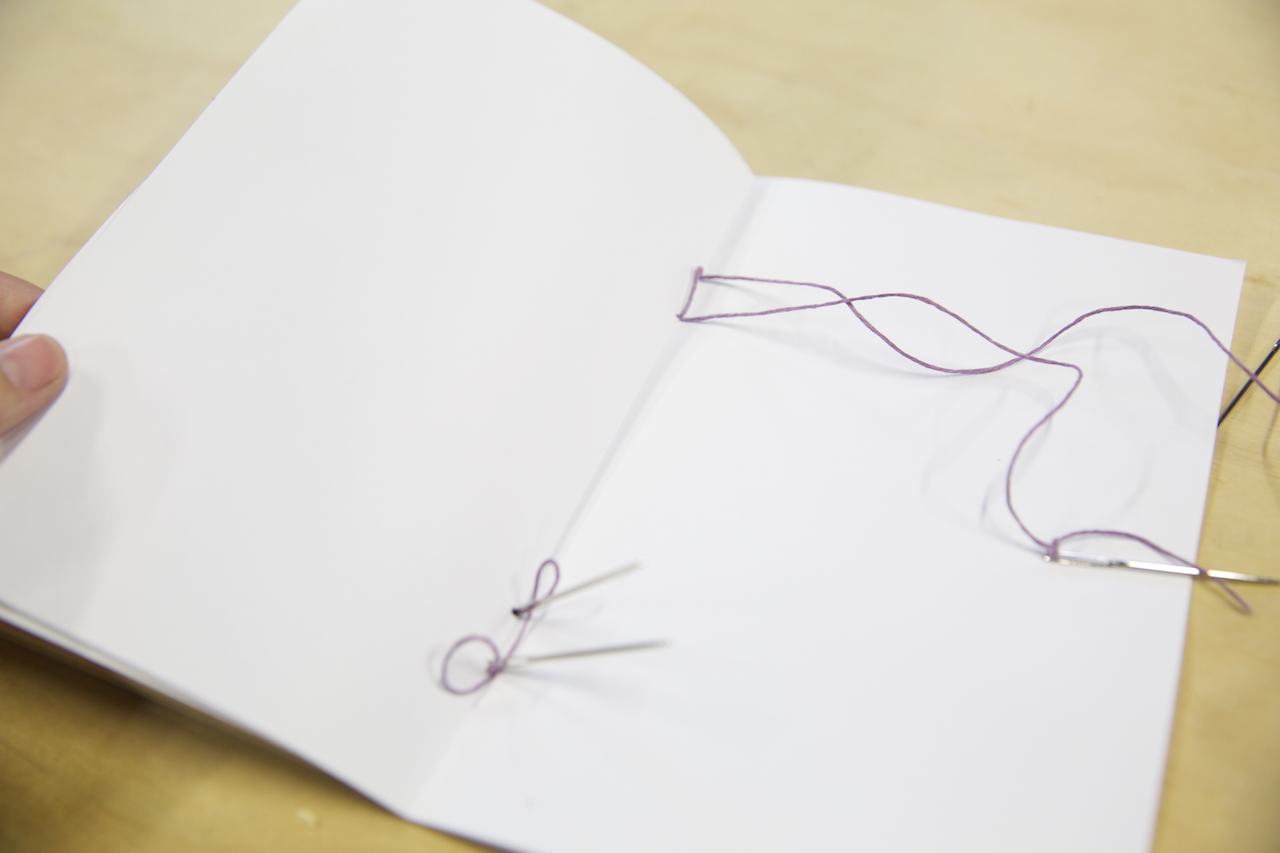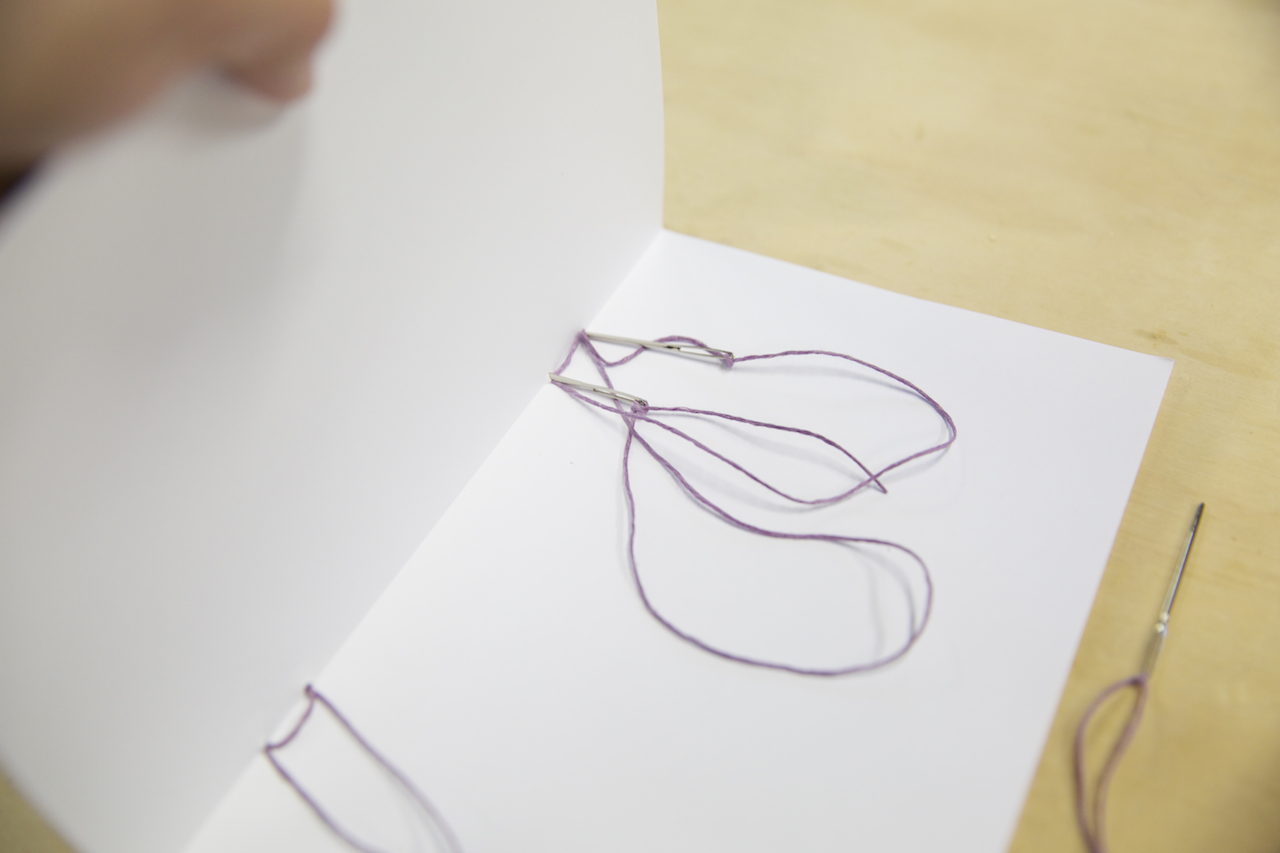In this weekend project, we’ll be making a tough traveler’s notebook using the Coptic binding method. This unique binding method is one of the oldest in human history, dating back as early as the second century, and allows the book to lay flat when opened to any page.
Projects from Make: Magazine
Build a Sturdy Notebook with Coptic Book Binding
